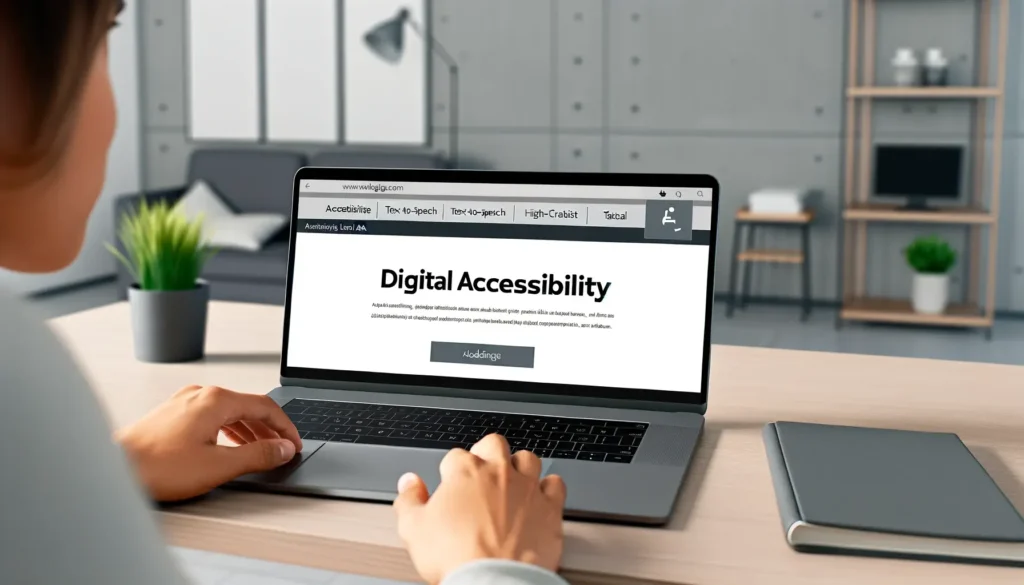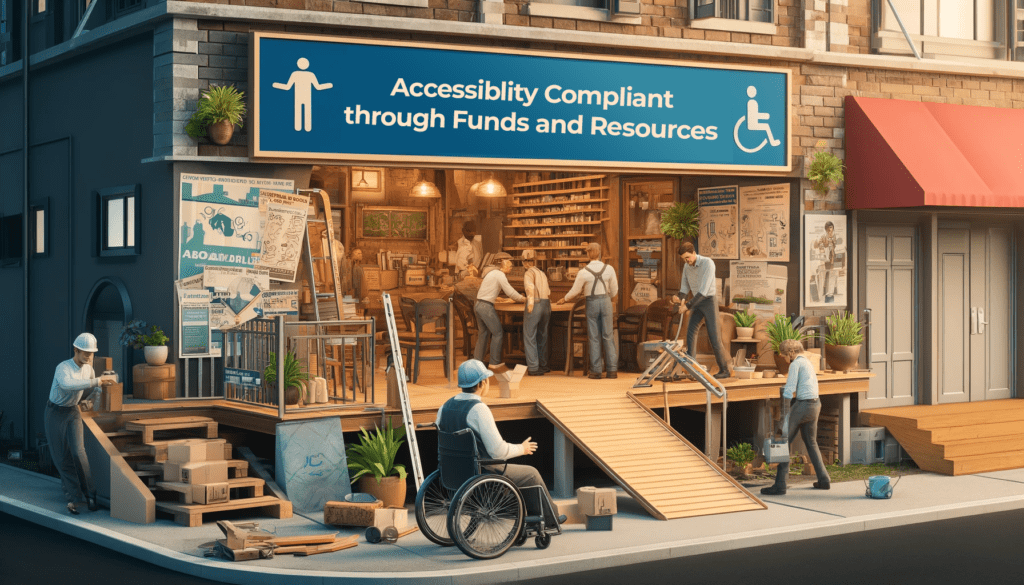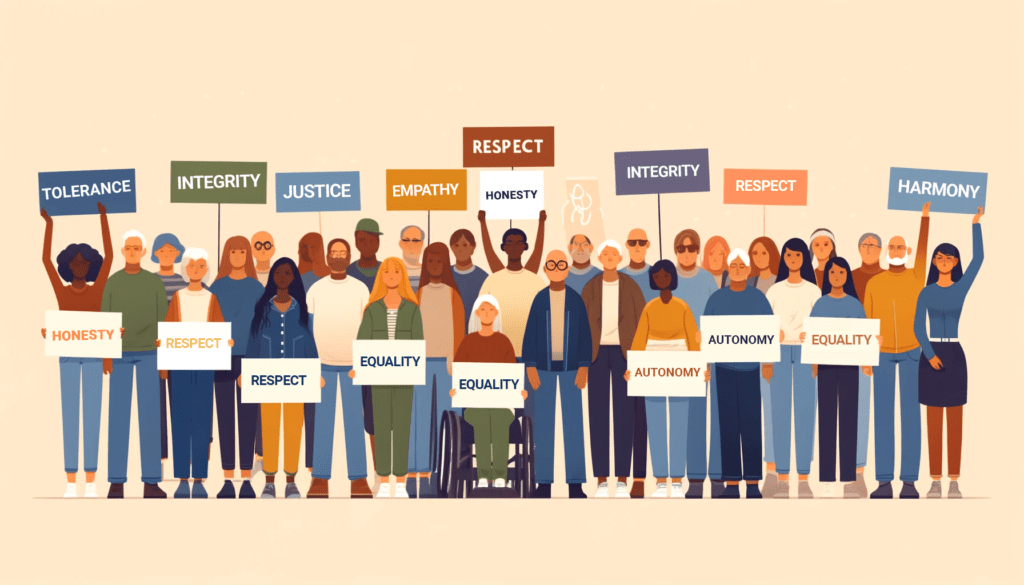Navigating AODA Compliance: Success Stories from Ontario Municipalities
Accessibility Partners has been at the forefront of ensuring that municipal services and communications in Ontario are inclusive and accessible to all, aligning with the Accessibility for Ontarians with Disabilities Act (AODA) standards. With our expertise, we have helped municipalities make significant strides towards AODA compliance, fostering greater community inclusivity. This blog covers our experiences with two (anonymous) municipal projects, shedding light on the intricacies and achievements involved in reaching AODA compliance.







